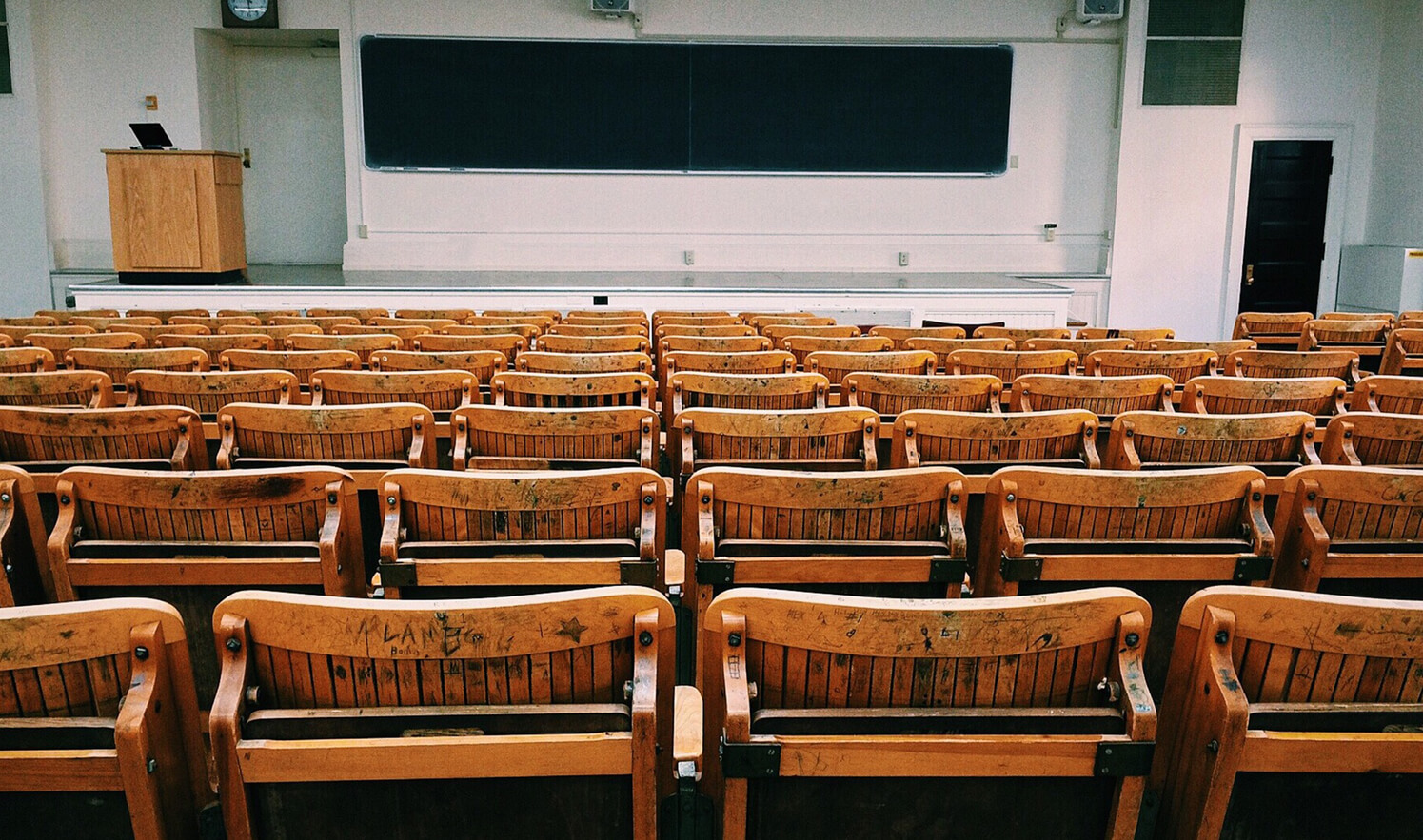
Please Share This Story
Educated in Secrecy:
Radical Influence,
Big Donors, and Bigger Paychecks
A quiet but troubling pattern is emerging inside New York’s higher education system, where newly reviewed tax filings, campus records, and donor disclosures reveal a network of financial privilege, political influence, and controversial affiliations across several of the state’s most prominent universities.
Documents reviewed by Informed NY show that while students face rising tuition and taxpayers shoulder growing public subsidies, faculty and administrative leaders at some New York colleges are earning compensation packages that rival corporate executives. At Cornell University, five faculty members primarily affiliated with Weill Cornell Medicine received over $5 million each in total compensation in the most recent fiscal year, with one nearing $10 million. At New York University and Columbia, several high-ranking faculty and deans reported salaries in excess of $3 million annually. While some of these positions are tied to research hospitals, the lack of consistent transparency about the funding sources, particularly when tax-exempt status is involved, deserves scrutiny.
Meanwhile, public institutions like CUNY and SUNY continue to operate with far fewer resources, yet even their top administrators approach or exceed the half-million dollar mark, full professors at CUNY and SUNY institutions typically earn between $100,000 and $110,000 annually. Associate professors earn less, and assistant professors rarely break the $80,000 mark. While these are respectable salaries, the gap between public institutions and their elite private counterparts reveals more than just financial disparity. It also raises the issue of whether compensation and resources are being directed toward teaching and student engagement or concentrated in narrow administrative and research sectors, often detached from undergraduate education.
This disparity between elite and public campuses is nothing new but what is new is how little transparency surrounds these pay structures, and how tightly intertwined some campuses have become with politically driven donor networks and student groups accused of spreading extremist rhetoric.
Our investigation uncovered instances where large financial gifts to New York institutions, some topping $500 million, originated from private foundations tied to highly ideological agendas. George Soros, through the Open Society Foundations, has directed over half a billion dollars to Bard College, positioning it as a key node in his global educational network. Other politically active organizations, including the Tides Foundation and the Rockefeller Brothers Fund, have supported university programs that push climate radicalism, racial equity activism, and global anti-capitalist movements. These donations often fund research centers, faculty chairs, and student activism pipelines all under the protections of academic independence and tax-exempt status.
But there are deeper implications when these partnerships cross lines. Some campuses have become hotbeds of ideological activity, hosting student organizations that align with highly polarizing and in some cases controversial causes. In one case, CUNY School of Law was connected to a submission to the United Nations through a partnership with Defense for Children International – Palestine, an NGO alleged by watchdog groups to have ties to the U.S.-designated terrorist organization PFLP. An internal review was launched by the university in 2019, but its findings were never released. Public records offer no clarity as to whether that relationship still exists.
Elsewhere, student groups like Students for Justice in Palestine remain active on nearly every major New York campus. While not designated as extremist entities themselves, multiple chapters have posted statements or organized events that glorify armed resistance, defend acts of terrorism, and disrupt campus activities in ways some students have described as hostile or intimidating. In at least one ongoing lawsuit, plaintiffs allege these groups acted as unregistered agents for foreign propaganda tied to the October 7 attacks by Hamas.
At the same time, faculty members who express opposing views—or who ask questions about funding and ideological bias report feeling pressured to stay silent. This chilling effect on intellectual diversity comes at a moment when public confidence in higher education is already near historic lows.
The financial structure behind these institutions is no less complex. With many of these colleges benefiting from state and federal funding, alongside massive endowments and donor gifts, the public has a right to know where the money is going. Yet in most cases, administrative compensation, donor intent, and ideological alignment are hidden behind vague financial filings and public statements that offer little accountability.
What emerges is a picture of a system increasingly driven by wealth and ideology rather than education and inclusion. Students are told their tuition hikes are necessary, while behind closed doors, executive salaries balloon. Donors shape research and programming in ways that align with political agendas, and university responses to controversy range from silence to calculated PR.
This investigation is not an indictment of higher education it’s a call for clarity. Colleges and universities are among the most powerful institutions in American public life. But when their funding, partnerships, and affiliations shift from education to indoctrination, and from public service to political leverage, the consequences ripple far beyond campus.
New York’s residents deserve to know who’s really shaping their schools. This is a story about money, influence, and silence and it’s time someone broke it open.
